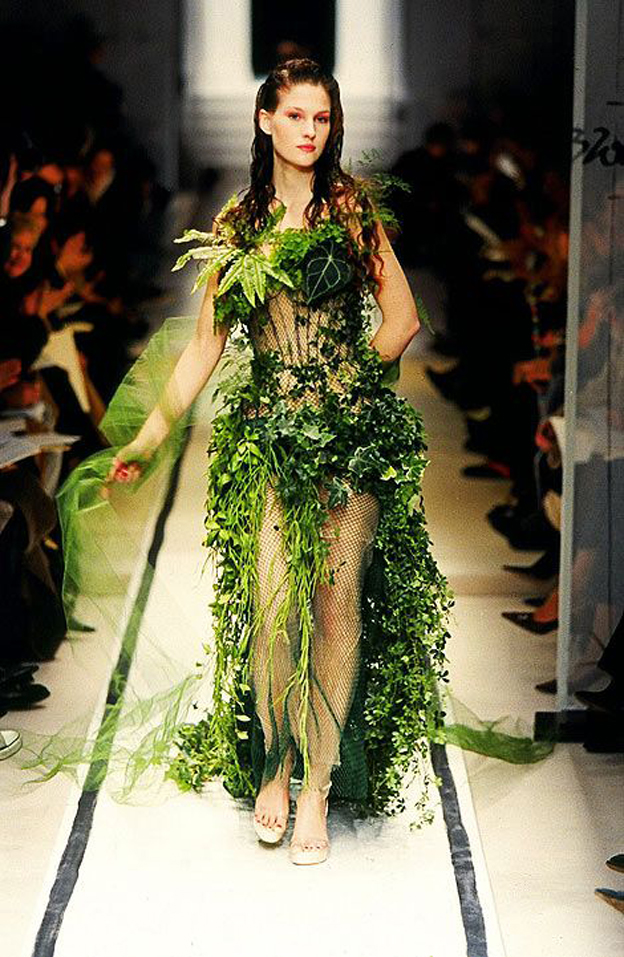Welcoming the Green Fashion Movement: The Rise of Eco-Friendly Clothes

In the last few years, a powerful wave of consciousness has actually swept through the fashion industry, introducing a rejuvenating trend that integrates style with sustainability: environmentally friendly clothes. As the world ends up being significantly familiar with the ecological obstacles we face, customers are demanding more responsible choices from their favorite brand names. This paradigm shift towards eco-conscious fashion is not simply a short lived trend but a transformative motion that benefits both the world and the fashion industry. In this short article, we explore the favorable elements of this brand-new trend and celebrate the innovative strides made by designers and producers to develop a greener, more ethical fashion landscape.
1. Lowering the Carbon Footprint
One of the most considerable advantages of eco-friendly clothing is their contribution to minimizing the fashion industry's carbon footprint. Sustainable fashion brands are actively embracing eco-conscious practices, such as utilizing natural and recycled products, lessening water usage throughout production, and going with energy-efficient processes. By making these responsible options, these brand names not only reduce their ecological effect but likewise inspire other businesses to follow suit.
2. Welcoming Ethical Manufacturing
Environmentally friendly clothes are typically associated with ethical production practices. Numerous sustainable fashion brand names are devoted to fair salaries, safe working conditions, and guaranteeing the welfare of their employees. As customers, when we choose eco-conscious garments, we end up being advocates for the wellbeing of those associated with the style supply chain, promoting social justice and human rights.
3. Biodiversity Preservation
The fashion business has, regrettably, added to the loss of biodiversity through the comprehensive use of chemical-laden fabrics and hazardous production procedures. Environment-friendly clothing, on the other hand, often prioritize organic materials and natural dyes that are gentle on the environment. This option assists maintain biodiversity by minimizing the impact of fashion on communities and wildlife.
4. Motivating Circular Fashion
The idea of circular fashion is gaining traction with the rise of environmentally friendly clothing. Unlike the traditional direct style design (produce, use, get rid of), circular fashion aims to produce a closed-loop system where garments are developed to be recycled, upcycled, or biodegraded after usage. By accepting this technique, eco-conscious brands are actively lowering fabric waste and promoting a more sustainable style future.
5. Promoting Innovation and Creativity
The move towards environmentally friendly clothing has actually prompted designers to explore innovative materials and manufacturing strategies. From plant-based materials like hemp and bamboo to garments made from recycled plastic bottles, the fashion business is seeing an explosion of imagination driven by sustainability. As consumers, we now have access to a diverse variety of environmentally friendly options that permit us to reveal our style while supporting the environment.
6. Informing Consumers about Sustainable Fashion
The popularity of environmentally friendly clothes has actually opened up chances for education and awareness about sustainable fashion practices. Numerous brands take it upon themselves to inform consumers about the environmental effect of fast fashion and the benefits of picking sustainable options. This awareness empowers people to make conscious choices and become part of the cumulative effort to protect our world.

7. A Boost for Local and Artisanal Communities
Sustainable style frequently includes supporting local artisans and small producers who employ conventional crafting techniques. By promoting environmentally friendly clothes, we add to the conservation of cultural heritage and supply economic opportunities for these communities. This symbiotic relationship promotes a deeper connection in between customers and the stories behind their garments. You will find expert advice on eco-conscious clothing at https://www.vingle.net/posts/6522227
Conclusion
The introduction of environmentally friendly clothes marks an extensive shift towards a greener and more responsible fashion industry. With a growing variety of consumers embracing sustainable options, fashion brands are forced to adopt eco-conscious practices that benefit the planet and individuals. From lowering the carbon footprint to supporting local communities and promoting innovation, the positive effect of this pattern is undeniable. As we continue to celebrate the appeal and principles of environment-friendly clothes, let us remember that every small action we take as customers contributes to a brighter and more sustainable future for the world of fashion.
Source of information:
https://ecobnb.com/blog/2022/12/eco-friendly-fashion-important/
